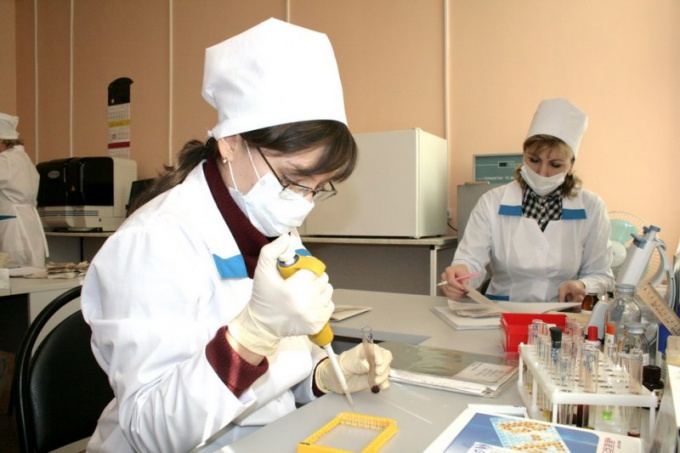Who should take this analysis
In a healthy body the urine is sterile and contains no bacteria and fungi. Under favorable circumstances they get into the urethra and cause inflammation of the bladder, ureters and kidneys. In such cases it is quite difficult to determine the localization of infection and identify the causative agent. To determine the cause of the disease, to understand which antibiotic is most effective and also to control the dynamics of treatment is assigned a urine sample for culture.
How to collect urine?
For this study is taken morning portion of urine. Before testing the patient should thoroughly wash the genitals with hygiene products, dry wipes. It is desirable to wash a pale pink solution of potassium permanganate or a weak solution furatsilina.
Urine should be collected in sterile jar average urine stream: this will show the presence of the pathogen in the bladder, not the urethra. You need to avoid falling into a jar of foreign objects and not to touch its inner surface. The same applies to the lid of the container. The first and last urine stream must be directed into the toilet. More attention to preparation for delivery of the analysis should be given to women because of their physiology. This factor requires the observance of great care: to ensure sterility, you should try not to let it touch the stream of urine with the sexual organs.
Due to the fact that it can be difficult for some categories of patients and pregnant women in medical institutions can take the analysis by means of a catheter into the treatment room. In this case, the woman lies on the examination table, nurse handles her crotch disinfectants and extracts of urine samples by using a sterile catheter. It is very important that medical instruments have been properly processed, it is best to use a disposable catheter.
When you can't take a test
There are certain factors that may affect the correct result. Analysis would be useless:
- if the patient is taking antibiotics (with the exception of track dynamics of the therapeutic process);
- taking diuretics or drink large amount of water;
- large amounts of vitamin C can lead to biases in the results, the bacteria may not be detected.
To determine the causative agent and its antibiotic resistance will require 7-10 days.
